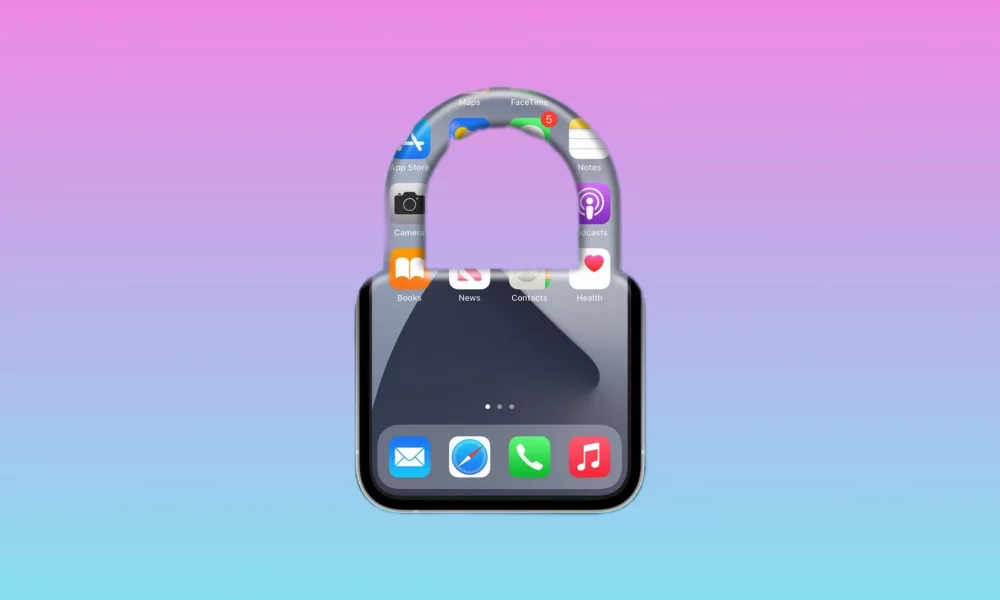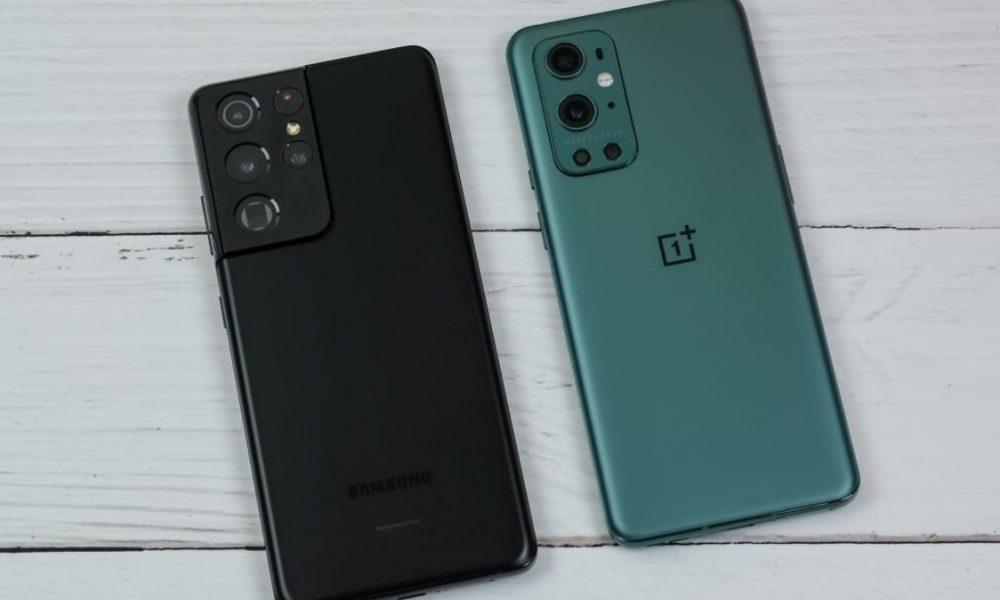In our modern, interconnected world, the security of our mobile devices holds immense significance.
As we increasingly depend on smartphones for both personal and professional tasks, the potential for remote access to your iPhone is a growing concern.
To assist you in securing your iPhone and preserving your privacy, we have compiled a thorough guide on identifying and preventing remote access to your device.
Furthermore, we’ve incorporated a FAQ section to address prevalent questions on this crucial subject.
How to tell if someone is accessing your iPhone remotely?

Part 1: Recognizing Signs of Remote Access
Identifying unapproved remote entry to your iPhone is essential to safeguard your privacy and data protection. Here are significant indicators to be watchful for:
Unusual Battery Drain:
When your battery decreases at an accelerated rate, it might imply the operation of background processes resulting from unauthorized access.
Increased Data Usage:
Unexplained spikes in data usage may result from a remote user accessing your device.
Unfamiliar Apps and Permissions:
Check your installed apps and their permissions regularly. Unauthorized access may lead to unfamiliar apps or altered permissions.
Unexplained Calls and Texts:
Be vigilant if you notice unexpected calls or messages from your device.
Slow Performance:
Remote access can slow down your device’s performance.
Part 2: Preventing Remote Access
To protect your iPhone from remote interference, take the following security measures:
Implement Two-Factor Authentication (2FA):
Strengthen your Apple ID security by activating 2FA, which adds an additional protective layer.
Regularly Update Your iOS:
Ensure your device’s operating system is kept current to address potential vulnerabilities.
Secure Your Wi-Fi Network:
Safeguard your Wi-Fi network with a robust, unique password to thwart unauthorized access.
Use a VPN (Virtual Private Network):
Employ a VPN to encrypt your data, increasing the complexity of remote break-in attempts.
Avoid Public Wi-Fi for Sensitive Transactions:
Exercise extra caution when handling sensitive data on public Wi-Fi networks, as they are typically less secure.

Frequently Asked Questions (FAQ)
1: Can someone access my iPhone remotely without my knowledge?
While it’s challenging, it’s not impossible for a determined attacker to access your iPhone remotely without your knowledge. Vigilance and security measures are crucial.
2: How can I check for malware or spyware on my iPhone?
Scan your device with reputable security apps or software, and review your app permissions regularly. Avoid sideloading apps from untrusted sources.
3: Is jailbreaking my iPhone a security risk for remote access?
Yes, jailbreaking your iPhone can expose it to security risks, including remote access. It’s advisable to keep your device in its original state for maximum security.
4: Can I remotely lock or erase my iPhone in case it’s stolen?
Yes, Apple offers the “Find My” feature, granting you the capability to remotely lock, erase, or pinpoint the location of your iPhone in the event of it being lost or stolen. Ensure it’s enabled.
5: What should I do if I suspect remote access to my iPhone?
If you suspect remote access, immediately change your Apple ID password, enable 2FA, and contact Apple Support for assistance.
Conclusion
In a world where our iPhones contain a wealth of personal information, knowing how to detect and prevent remote access is essential.
Additionally, By staying informed and taking proactive security measures, you can protect your privacy and enjoy a safer digital experience.
Read: Oppo Reno 8 Review.





